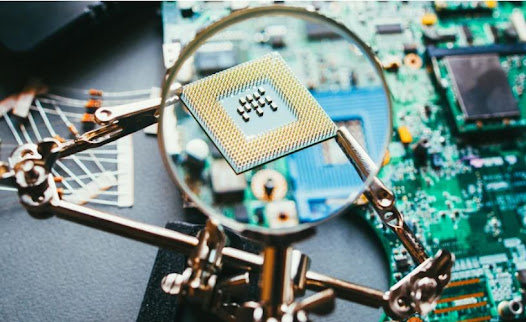PCB Impedance Control Standards
PCB impedance control is critical for ensuring the reliability and performance of high-speed electronic circuits. While there isn't a single, universally applied standard dedicated exclusively to impedance control in PCBs, several industry standards address this crucial aspect as part of broader design and manufacturing guidelines. Here are some key standards that cover PCB impedance control:
- IPC-2221B: General standard on printed board design, offering a section on impedance control and how to calculate it based on various factors.
- IPC-2141A: This standard provides guidelines for designing high-speed printed circuit boards, including considerations for impedance control.
- IEEE Standards: The Institute of Electrical and Electronics Engineers offers standards that, while not specific to PCB design, provide essential guidelines for signal integrity and by extension, impact impedance control practices.
- JEDEC Standards: The Joint Electron Device Engineering Council sets standards for semiconductor engineering, including aspects that affect PCB impedance like package-level interconnects.
Compliance Guidelines
To comply with these standards, PCB designers and manufacturers should:
Trace Width and Spacing: Proper design and implementation of trace width and spacing are critical for achieving the desired impedance values. This includes maintaining consistent trace widths, minimizing variations, and ensuring accurate spacing between traces to prevent crosstalk and impedance fluctuations.
- Material Selection: The dielectric constant of the PCB material directly influences the impedance. Choosing materials with stable and well-defined dielectric properties is essential for consistent impedance control.
- Layer Stack-up Configuration: The arrangement of various layers in a PCB can affect its impedance characteristics. A well-planned layer stack-up can help in achieving the desired impedance levels while also minimizing signal loss and cross-talk.
- Manufacturing Variability: Recognize and account for potential variability in manufacturing processes that can affect impedance. Work closely with PCB manufacturers to ensure they understand and can meet the impedance specifications, considering factors like etching tolerances and material properties.
- Testing and Verification: Implement a robust testing and verification process to ensure that the PCB meets the impedance specifications. Time-domain reflectometry (TDR) is a common technique used to measure impedance and identify issues like reflections caused by impedance mismatches.
- Documentation and Reporting: Maintain detailed documentation of design decisions, material choices, and testing results. This documentation should include the theoretical and measured impedance values, providing a basis for compliance and quality control.
Best Practices
- Continuous Learning: Stay updated with the latest standards and best practices in PCB impedance control, as technological advancements and new research findings can impact these guidelines.
- Collaboration: Work closely with PCB manufacturers, material suppliers, and design teams to ensure that all aspects of the PCB design and manufacturing process align with impedance control standards.
Adherence to these standards and guidelines is crucial for the successful design and operation of high-speed PCBs, ensuring that they perform reliably under the intended operating conditions.








